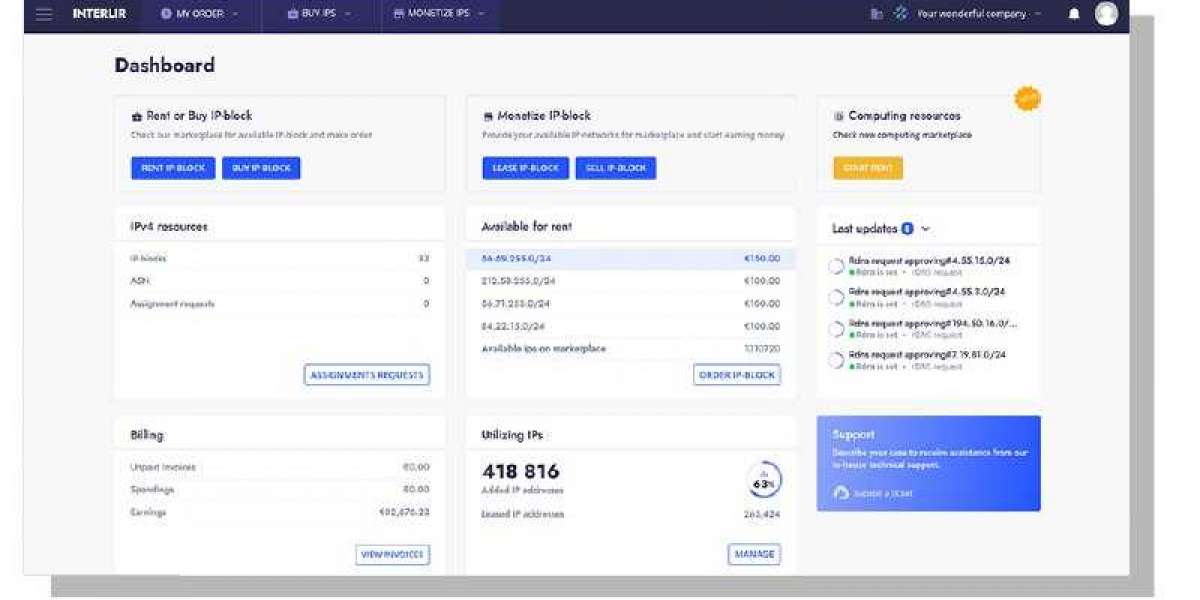Virtual reality software is revolutionizing interactions, training, and entertainment worldwide. The market is projected to reach enormous scales, driven by digital adoption and immersive experience demand. Businesses are integrating VR tools to enhance engagement and operational efficiency.
The software is applied extensively in simulation-based learning, gaming, and virtual tourism. Increasing adoption of headsets and motion-tracking technologies enhances realism and engagement. VR platforms also allow enterprises to conduct risk-free training.
The Virtual Reality Software Market Analysis highlights the strong CAGR and potential growth opportunities. Cloud-based deployments are enabling scalability and cost-effectiveness. Developers are continuously improving software performance and graphics.
Market players are pursuing strategic collaborations to create a cohesive ecosystem of hardware and software. Innovation in AI-driven VR and real-time simulations is enhancing user experiences. This competitive environment is driving rapid product evolution.
Geographically, North America and Europe dominate due to advanced infrastructure, whereas Asia-Pacific is expected to grow due to government initiatives and technological investments. Latin America and the Middle East are emerging markets.
High costs, limited adoption, and technical barriers pose challenges. Companies are addressing these issues by offering affordable solutions, cloud-enabled software, and increased awareness campaigns. The outlook indicates substantial growth and innovation opportunities.
More Reports:
| China Product Configurator Market |
| GCC Mobile Analytics Market |
| Japan Mobile Analytics Market |
| South Korea Mobile Analytics Market |




